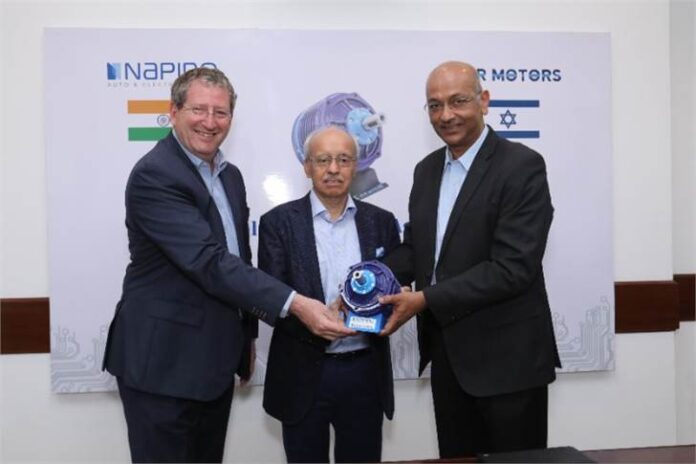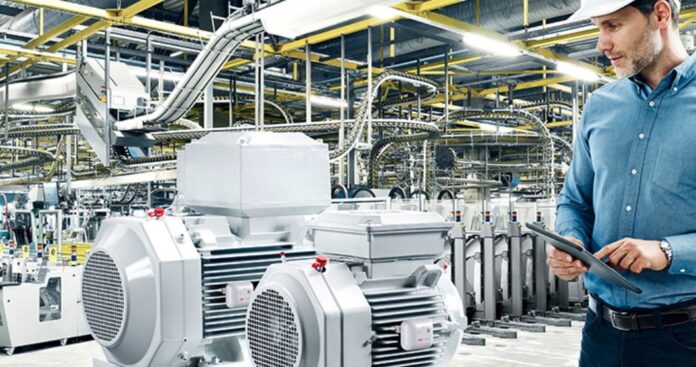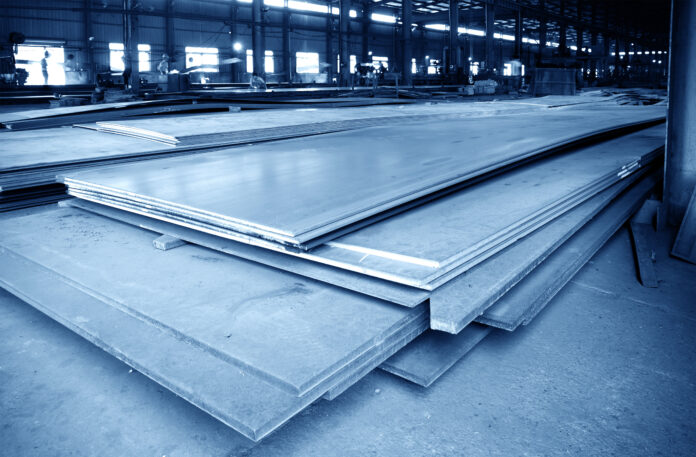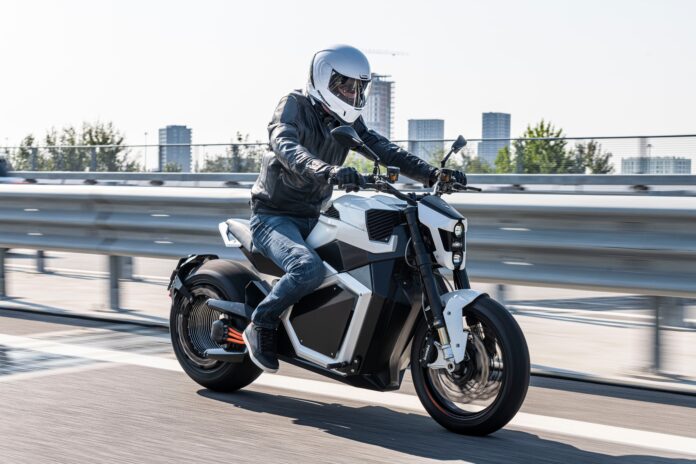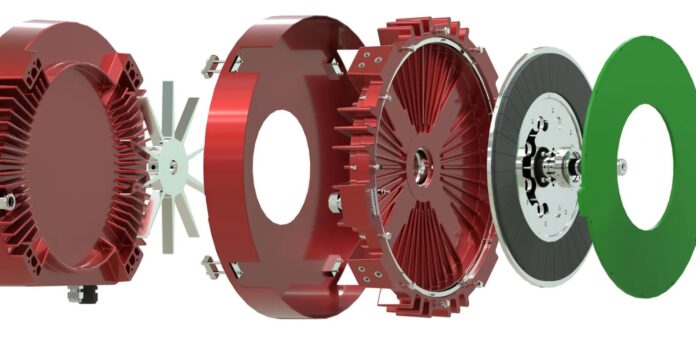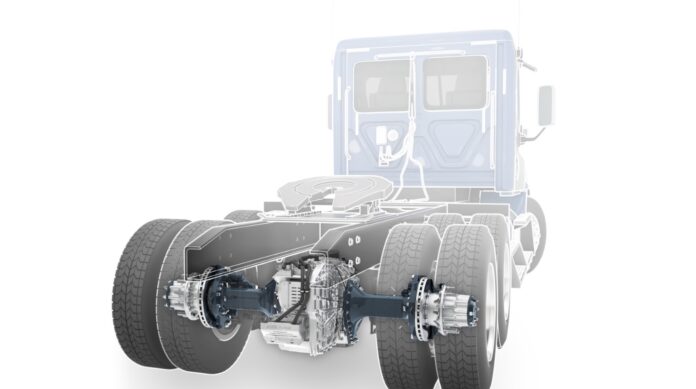Among its proposals, Nidec can boast the three-phase motors for normal applications IMfinity® platform, with IE3 – IE4 efficiency class, systematically fitted with a second nameplate giving all the necessary information to set up the drive as well as the main motor performance used in variable speed.
Concerning this, among the latest novelties, the IMFinity® FLSES 600 kW IE4 motor is equipped in the new heat pumps with Turboden, providing energy maximization with the recovery of energy, for district heating in the city of Brescia.
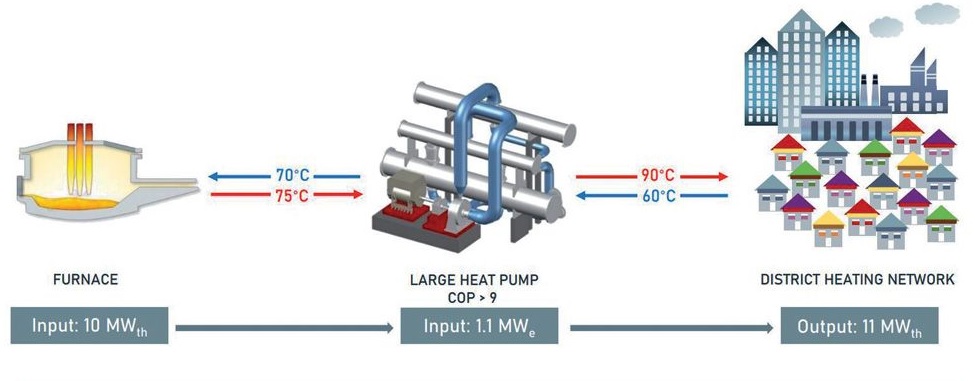
By exploiting the great availability of residual heat from the metallurgy furnace of the O.R.I. Martin, from Brescia, the new heat pump will be able to inject excess heat into the district heating network. A great technological advance, allowing a welcome energy maximization in the global effort to reduce our energy consumption.
The role of the electric motor in the district heating
E-motors India: here is the TSRF technology
Let us move to India to understand what is boiling in the pot in the electric manufacturing of a Country that is proving a higher turmoil than what expected. Badve Engineering company, a Tier-1 automotive manufacturer based has recently established a partnership with the Israeli startup EVR Motors versus a strategic commercial agreement to manufacture electric motor technology for India’s rapidly growing two-and-three-wheeler electric vehicle market, which constitutes around 90% of the Indian electric vehicles market.
Precisely to deal with the growing demand, EVR motors has developed a unique patented motor topology: the Trapezoidal Stator Radial Flux Permanent Magnet.
Under the new strategic partnership, Badve Group will manufacture in India EVR’s proprietary Trapezoidal Stator – RFPM electric motors, which measure half the weight and size of competing electric motors yet claim high power and torque performance.
The TSRF technology is said to be distinctive because of its lightweight and compact design. The proprietary TS Topology has a unique trapezoidal tooth shape core structure, which improves flux distribution, reduces leakage, and gives superior heat dissipation with good thermal capacity. The TS topology can be tailored for a wide variety of requirements and enable multiple variations based on the same design and tooling. The air-cooled motor for two-wheeler application weighs under 7kg, has a diameter of 130mm and is said to be a perfect fit for Indian electric two-wheeler applications. The modular voltage range is between 48- 96V.
Industrial energy saving opportunities for motor-driven systems
Upgrading to energy efficient technology is one of the simplest and most cost-effective ways to lower energy consumption and associated greenhouse gas emissions. Across the world’s 300 million industrial motor-driven systems, there is potential to cut global electricity demand by up to 10 percent by switching to high-efficiency systems.
A new digital service from ABB will enable industrial operators to maximize energy efficiency and boost su-stainability by identifying motor-driven equipment in their facilities with the best energy-saving potential. The ABB Ability Digital Powertrain Energy Appraisal service will draw on data measured from fleets of digitally connected electric motors and variable speed drives (VSDs) to show where and how much energy can be saved by upgrading to the latest high-efficiency technologies. Industrial operators can then make data-driven decisions when prioritizing investments.
Adrian Guggisberg, Division President of ABB Motion Services said: «The challenge for an industrial operator is knowing where to start in a fleet of hundreds of electrical motors. ABB developed the new Digital Power-train Energy Appraisal service to provide clarity by analyzing motor data and identifying where businesses should focus investment to maximize energy efficiency gains that reduce operating costs and CO2 emissions».
One operator that is reaping the benefits is Waggeryd Cell, a pulp mill in southern Sweden with industry-leading energy efficiency. It wanted to further improve the efficiency of its energy-intensive process by buil-ding on its ABB Ability Condition Monitoring system. This draws data from digitally-connected motors in re-finers, process pumps, fans and conveyor belts. Under the new Digital Powertrain Energy Appraisal service, ABB’s experts used data from the same sources to identify the ten motors with the most potential for improving energy efficiency. Waggeryd has now prioritized replacement of six of these motors to cut energy consumption, as well as greenhouse gas emissions.
The new digital appraisal service uses a plug and play approach to simplify energy efficiency assessments by pulling operational data remotely from across an entire fleet of digitally connected motors.
Metals to make electric motors. What future?
According to a study published by the Belgian University KU Leuven and commissioned by the European association of non-ferrous metal manufacturers Eurometaux, the transition towards sustainability will need 33% of aluminium more by 2050 versus current consumptions, owing to the bigger demand driven by electric vehicles, photovoltaic and development of electric networks.
The consequence? In Europe, around 2030, some problems might emerge because of the global provisioning shortage of metals, especially of lithium, cobalt, nickel, rare earths and copper, while the demand will reach the peak by 2040 approximately.
Let us go into the specific detail. European Union Countries will need a higher quantity of metals than today: 35% of additional copper will be necessary, 45% more silicon, whereas the supplies of nickel are expected to rise by 103% and cobalt ones by 330%. Not to mention the European demand for lithium, whose requirement will be higher by 3535% and of rare earths like dysprosium, needed with +2666% and neodymium, with +827%.
KU Leuven experts state domestic mines could potentially satisfy from 5% to 55% of the European requirements of metals for the energy transition in 2030.
What is the solution? On the medium-long term, recycling will be the key that will allow solving partly these problems along the provisioning chain.
Verge TS, here is the electric motorbike with the motor in the wheel
The TS electric motorbike produced by the Finnish Verge Motorcycles has a feature that distinguishes it from all other existing motorbikes: it is hubless. The motor, in fact, is the wheel: magnets are in the rim and the tire rotates around a central fixed part. This arrangement also entrusts the motor with the rear brake function, which is controlled by a lever on the handlebar. Both brakes are managed by hands, eliminating controls on footpegs.
The declared power is 109 HP (80 kW) and 1,000 Nm of torque, for an acceleration corresponding to 0-100 km/h in less than 4 seconds and utmost speed of 180 km/h that is reached in another handful of time.
Where is the battery? It is located under the saddle and has an autonomy of 300 km on urban roads and of 200 km on the motorway.
The PCB stator for the axial flux motor
While at the beginning it was not welcomed with great enthusiasm, today the idea of replacing an iron stator with a light PCB one is achieving a new prospect. Lightening the stator means attaining more motor efficiency, therefore fewer emissions and electric energy consumptions.
In 2012, there was already feasibility evidence, when Boulder Wind Power integrated a PCB stator into a direct-transmission generator with 12-metre diameter for a wind turbine that produces 3 megawatts of power and slightly more than 2 million Nm of torque.
The Texan Infinitum Electric has a lot to say about this issue, having developed a PCB stator motor that suits a broad variety of purposes and generates the same power as a conventional alternate current induction motor, but with half weight and sizes. Now, the specific motor is finding applications such as HVAC and electric vehicles.
Additive manufacturing, windings in DC motors
Oak Ridge National Laboratory, managed by UT-Battelle LLC for the US Department of Energy, has recently released the news of its research into applying additive manufacturing to replace windings in DC motors.
The basic question is: “Can we 3D print an electric motor”?
The answer that comes from Tennessee in the United States is “Maybe yes for one vital component of it: the rotor”. That possibility holds important promise for better motor performance. Amiee Jackson, researcher with Oak Ridge National Laboratory’s Manufacturing Demonstration Facility has spoken of producing rotors via laser powder bed fusion. The engineer explained that rotors are usually made by winding a conductive alloy; changing the alloy composition to improve motor performance impedes manufacturing, because that change reduces the ductility that is important for winding. So, by offering a way to print the rotor with no winding involved, additive manufacturing potentially solves this problem.
A new series of fully integrated electric axles
It is called eGen Power™ and is designed to fit between the wheels of medium and heavy-duty trucks and buses, replacing the vehicle’s traditional powertrain.
We are speaking of the new series of fully integrated electric axles from Allison Transmission.
eGen Power™ is a bolt-in solution compatible and easily customizable to the current vehicle frame, suspension and wheel ends, and is well suited to most OEM vehicle assembly processes. The eGen Power series features fully integrated electric motors, a multi-speed gearbox, an oil cooler and a pump, providing industry-high performance and efficiency. The system is compatible with full battery electric vehicles (BEV) and fuel cell electric vehicles (FCEV) as well as range extending hybrid applications.
eGen Power™ includes fully electric e-Axles of the brand for medium- and heavy-duty vehicles up to 28,660 lbs. GAWR, with a multi-speed gearbox and up to 652 kW of peak power.
e-truck, the direction of Man giant
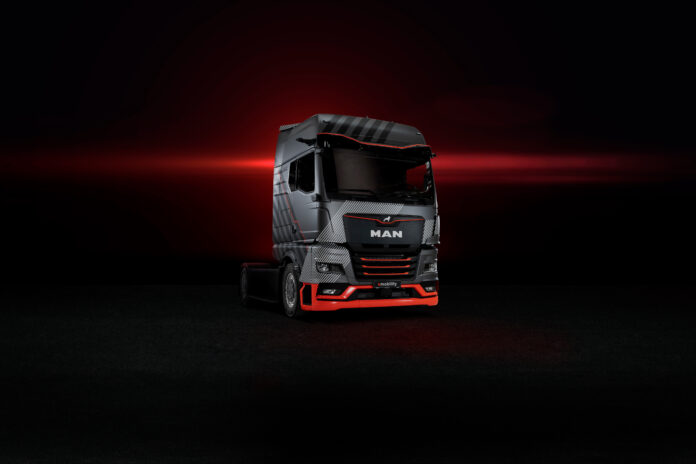
Among the most challenging matches in the sustainability championship there is undoubtedly the one concerning heavy vehicles’ emissions.
This direction is pursued by the maker Man Truck & Bus: “The Future starts now – We pave the road to Zero Emission” is the slogan with which the company welcomed in Nurnberg representatives of politics, scientific world and industry to present an electric truck, almost mass-produced, and to give birth to an important future project about hydrogen.
«Man – declared Alexander Vlaskamp, Chairman of the Executive Board of Man Truck & Bus is accelerating its transformation and making great strides towards zero-emission traction systems. Man’s and Traton Group’s goal is focused on the battery systems that constitute the base for our heavy-duty e- trucks, which we will release starting from 2024. Then, only when sufficient quantities of hydrogen and the corresponding infrastructure will be available, well after 2030, we are planning to use H2 trucks in selected application areas. This is the reason why we are studying the opportunities offered by hydrogen and Bavarian State’s funding allows us to develop further competences in the field».
Bavarian State finances “Bavarian Fleet” research project with 8.5 million Euros in the ambit of its strategy towards hydrogen and so it accelerates the competence development: Man is developing a fuel-cell truck together with its industrial partners Bosch, Faurecia and ZF.
With the presentation of the new electric prototype based on the new truck generation, Man highlights how battery and hydrogen fuel- cell electric tractions go hand in hand technologically and evolve simultaneously. The electric motor, which draws its energy from batteries, is the starting point.
Aluminium windings?
Copper, material typically used for the windings of conventional electric motors, is more expensive and heavier than aluminium. For this reason as well, they have started the first experimentations of aluminium windings for electric motors, expected to replace a fundamental role, that is to say generating the electromagnetic field for the rotor.
Concerning this, protagonist is the British company Ricardo, which has started developing electric motors with aluminium windings intended for small-size electric cars.
Ricardo has been developing a rare-earth magnet-free sustainable electric motor concept with aluminium stator windings, which retains the key attributes of magnet-rich motors. The goal has been to create technology which is robust, costs less than current products and reduces lifecycle impact by eliminating the use of scarce resources for example up to 12kg of rare earth metals and also high acidification materials such as copper without impacting motor function or quality.
Therefore, aluminium is no longer used just for the bars of induction motors thanks to UK-Alumotor, led by Ricardo with Aspire Engineering, Brandauer, Warwick Manufacturing Group at The University of Warwick, Phoenix Scientific Industries, and Global Technologies Racing, is a consortium of experts formed to develop a supply chain around an innovative proprietary design for an electric motor.
The consortium’s aim is to grow UK manufacturing capability and to develop the next generation of skilled engineers and technicians.
UK-Alumotor consortium has received an award from Driving Electric Revolution Challenge fund – through UK Research and Innovation – to establish a UK supply chain for electric machines: leveraging manufacturing expertise to deliver next generation sustainable electric motors.


